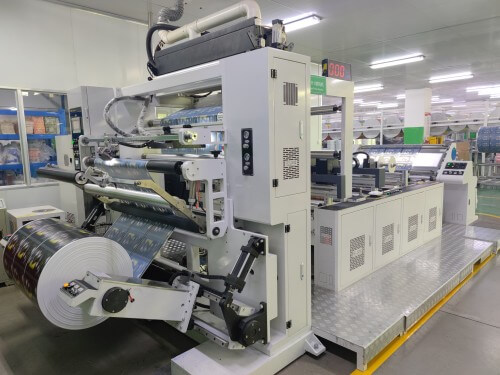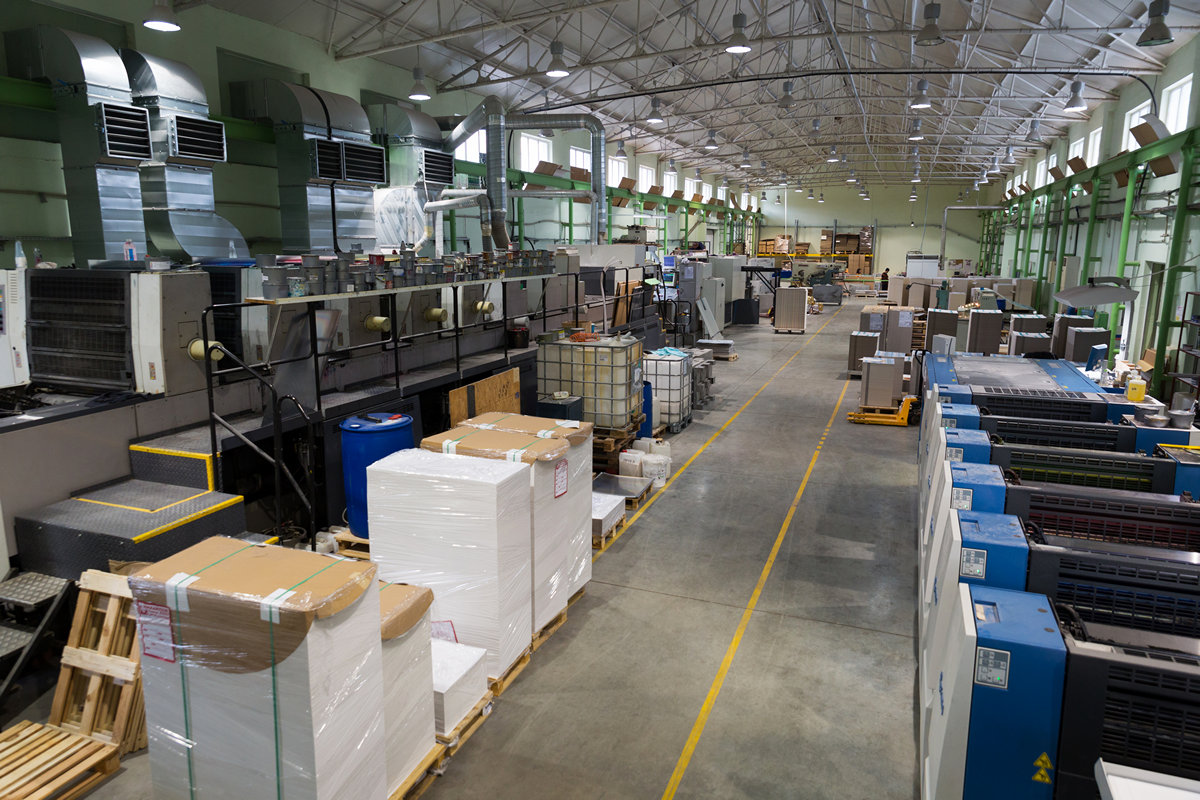The history of anti counterfeit printing is a fascinating journey through time. It highlights the innovative ways humans have protected valuable items from being replicated. This story is not only about the evolution of technology but also about the ongoing battle between counterfeiters and those who strive to protect authenticity.

Early Beginnings of Counterfeit Prevention
Counterfeiting is as old as trade itself. The earliest records of anti-counterfeit measures date back to ancient times when traders used distinctive marks to guarantee the authenticity of their goods. As commerce grew, the need for more sophisticated methods became apparent.
Medieval Times and Watermarks
During the medieval period, the introduction of watermarks was a significant advancement. Watermarks were used in paper manufacturing to deter counterfeiters and authenticate documents. They became an essential tool for financial and governmental institutions.
Printing Revolution and Security Features
The invention of the printing press in the 15th century was a turning point. It revolutionized the way information was disseminated and also gave rise to new methods of counterfeiting. To combat this, printers started incorporating various security features into their products.
Engraving and Intaglio Printing
Engraving and intaglio printing became popular techniques. They were used to create intricate designs on banknotes and official documents, making them difficult to replicate. These methods laid the groundwork for modern security printing.
The Birth of Modern Anti-Counterfeit Techniques
As technology advanced, so did the techniques for preventing counterfeiting. The 19th and 20th centuries saw significant developments in this field. The introduction of color printing and holograms added new layers of security.
Color Shifting Inks
The use of color shifting inks became a popular anti-counterfeit measure. These inks change color when viewed from different angles, making them difficult to reproduce accurately with standard printing techniques.
Digital Age and Advanced Technologies
The digital age brought about a new era of anti-counterfeit printing. Advanced technologies such as digital watermarks, RFID tags, and blockchain are now used to ensure authenticity. These innovations continue to evolve, keeping pace with the ever-changing tactics of counterfeiters.
Digital Watermarks and RFID Tags
Digital watermarks offer a subtle yet effective way to protect documents and products. Similarly, RFID tags provide a digital signature that can be verified with specialized equipment. These technologies represent the forefront of secure printing.
Current Challenges and Future Trends
Despite advancements, counterfeiting remains a challenge. The global economy’s interconnected nature means counterfeit products can easily cross borders. Therefore, the development of new anti-counterfeit measures is crucial.
Blockchain and Authentication
Blockchain technology is being explored as a method for tracking and authenticating products. Its decentralized and secure nature makes it a promising tool in the fight against counterfeiting. More about blockchain’s role in printing.
The Role of Legislation
Legislation plays a vital role in combating counterfeiting. Governments worldwide are implementing stricter laws and penalties to deter counterfeit activities. These efforts, combined with technological advancements, form a comprehensive approach to tackling this issue.
Conclusion and The Road Ahead
The history of anti counterfeit printing is a testament to human ingenuity. As counterfeiters become more sophisticated, so do the methods to combat them. The future of secure printing lies in continuous innovation and global cooperation. Learn about eco-printers.

FAQ Section
What is the main purpose of anti-counterfeit printing?
The main purpose is to safeguard the authenticity and integrity of valuable documents and products by making them difficult to replicate.
How have anti-counterfeit technologies evolved?
They have evolved from simple watermarks to complex digital solutions like RFID tags and blockchain technology.
Why is legislation important in combating counterfeiting?
Legislation provides a legal framework to prosecute counterfeiters and enforces penalties that deter such activities.
This article contains affiliate links. We may earn a commission at no extra cost to you.







